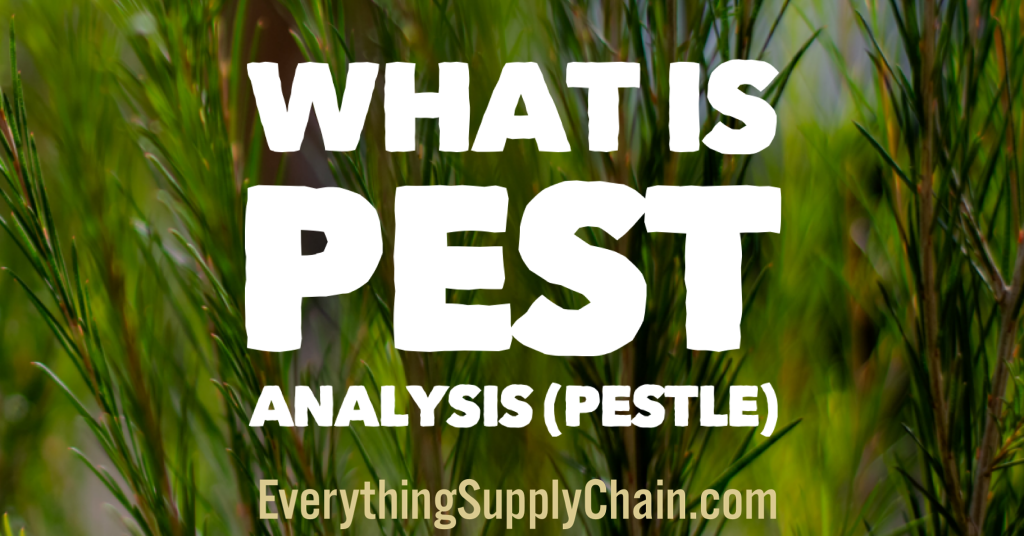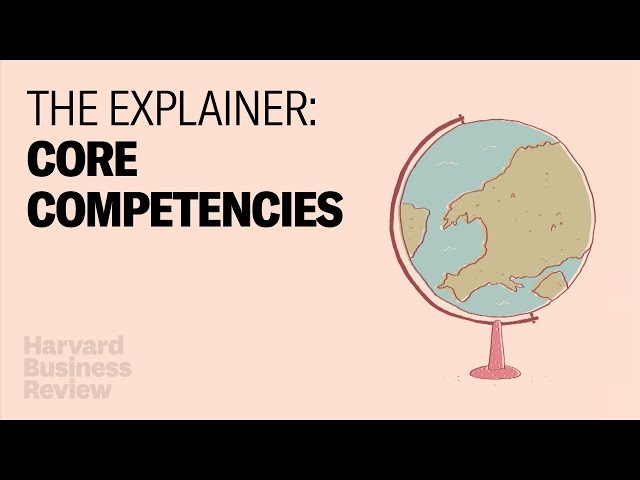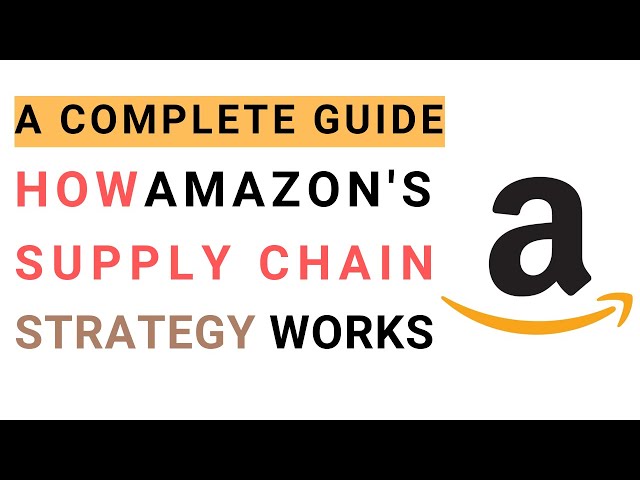What is a PEST Analysis (PESTLE).
PEST analysis and PESTLE analysis are both frameworks used to evaluate the external factors that can impact a business or organization.
PEST analysis stands for Political, Economic, Social, and Technological factors. Political factors refer to the impact of government policies and regulations on a business. This can include things like tariffs, taxes, labor laws, and trade agreements. Economic factors include things like interest rates, inflation, and GDP growth, which can affect consumer spending and the availability of funding for a business. Social factors include demographic trends, cultural norms, and consumer attitudes and behaviors, which can impact a business’s target market and marketing strategy. Technological factors include advancements in technology and the impact of technology on a business’s operations and products.
PESTLE analysis is an extended version of PEST analysis, which includes additional factors – Legal and Environmental. Legal factors refer to the laws and regulations that a business must comply with, and how they can affect the business. Environmental factors refer to the impact of natural and physical environment on the business, including ecological, physical, and social environmental factors. This can include things like climate change, natural disasters, and sustainability.
Both PEST and PESTLE analysis are used as part of a larger strategic planning process and can help organizations identify opportunities and threats that may arise from changes in their external environment. PESTLE analysis provides a more comprehensive view of the external environment and takes into account legal and environmental factors as well.
In summary, PEST analysis is a framework to evaluate the external factors that can impact a business, focusing on the Political, Economic, Social, and Technological factors. PESTLE analysis, on the other hand, is an extended version of PEST, which includes additional factors – Legal and Environmental. Both frameworks are valuable tools for understanding the external factors that can impact a business and for identifying potential opportunities and threats. It can help organizations make strategic decisions and prepare for changes in their external environment.
Pros and Cons
PEST analysis and PESTLE analysis are both frameworks used to evaluate the external factors that can impact a business or organization. Both frameworks have their own advantages and disadvantages.
Advantages of PEST analysis include:
- It is a simple and straightforward framework that can be easily understood and applied by businesses of all sizes and industries.
- It helps organizations identify opportunities and threats that may arise from changes in their external environment.
- It can be used to evaluate a specific market or industry and can be helpful in strategic planning.
- It can be used to identify the impact of government policies, regulations and laws on the business.
Disadvantages of PEST analysis include:
- It does not take into account legal and environmental factors which are important for long-term strategic planning.
- It may not provide a comprehensive view of the external environment, which can lead to missed opportunities or threats.
- It does not provide a quantitative assessment, so it can be difficult to determine the relative importance of different factors.
Advantages of PESTLE analysis include:
- It provides a more comprehensive view of the external environment by including legal and environmental factors.
- It can help organizations identify opportunities and threats that may arise from changes in their external environment.
- It can be used to evaluate a specific market or industry and can be helpful in strategic planning.
- It can help organizations comply with laws and regulations and make sustainable decisions.
Disadvantages of PESTLE analysis include:
- It may be more complex and time-consuming than PEST analysis, and may require more resources to conduct.
- It may not be appropriate for businesses that operate in a relatively stable external environment.
- It does not provide a quantitative assessment, so it can be difficult to determine the relative importance of different factors.
Cost Savings
Using PEST analysis can help organizations identify potential cost savings by identifying opportunities and threats in their external environment. Here are a few examples of how PEST analysis can lead to cost savings:
- Political factors: By analyzing government policies and regulations, a business can identify areas where they can reduce costs by complying with regulations more efficiently or by lobbying for changes to regulations that are costly to comply with.
- Economic factors: By analyzing economic factors such as interest rates and GDP growth, a business can identify areas where they can reduce costs by adjusting their pricing strategy, reducing inventory, or postponing investments in new equipment or facilities.
- Social factors: By analyzing demographic trends and consumer attitudes and behaviors, a business can identify areas where they can reduce costs by adjusting their marketing strategy, or by developing new products or services that better align with consumer preferences.
- Technological factors: By analyzing advancements in technology, a business can identify areas where they can reduce costs by automating processes, or by adopting new technologies that increase efficiency or reduce labor costs.
- Legal factors: By analyzing laws and regulations that a business must comply with, a business can identify areas where they can reduce costs by complying with regulations more efficiently or by lobbying for changes to regulations that are costly to comply with.
- Environmental factors: By analyzing the impact of natural and physical environment on the business, a business can identify areas where they can reduce costs by implementing environmentally friendly practices, conserving energy and resources, and reducing waste.
It’s important to note that PEST analysis is not a guarantee of cost savings, but it can help organizations identify potential areas where they can reduce costs by making strategic decisions based on changes in the external environment.
Strategic Tools
- Beer Game Explained.
- Blue Ocean Strategy?
- Bullwhip Effect: Sudden Demand Increases.
- Gemba Walk: the Path to Continuous Improvement.
- Pareto Principle – 80/20 Rule – Do More by Doing Less
- Porter’s 5 Forces That Make Companies Successful.
- SCM Postponement Strategy.
- Supply Chain MBA.
- What Is Design Thinking?
- What is SWOT? Definition and How to Do a SWOT Analysis.
What Is Strategy? It’s a Lot Simpler Than You Think.
The Strategic Role of Demand Management in Supply Chains
Finding Your Company’s Core Competencies
How Amazon’s Supply Chain Management Strategy Works?




